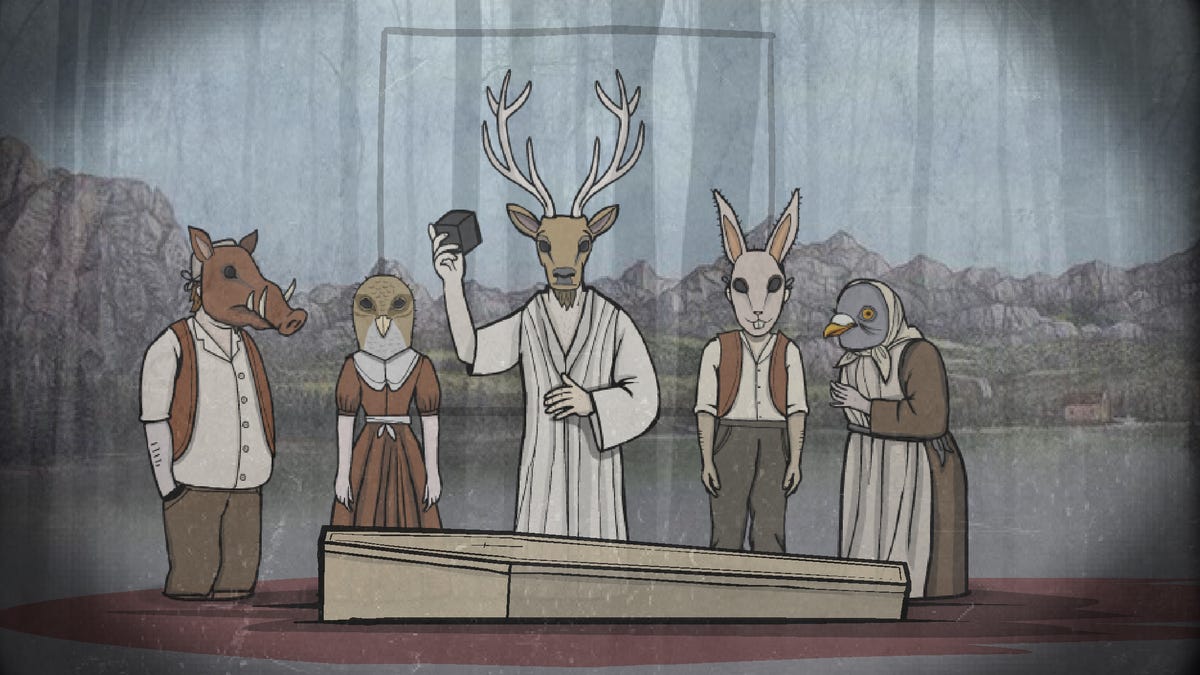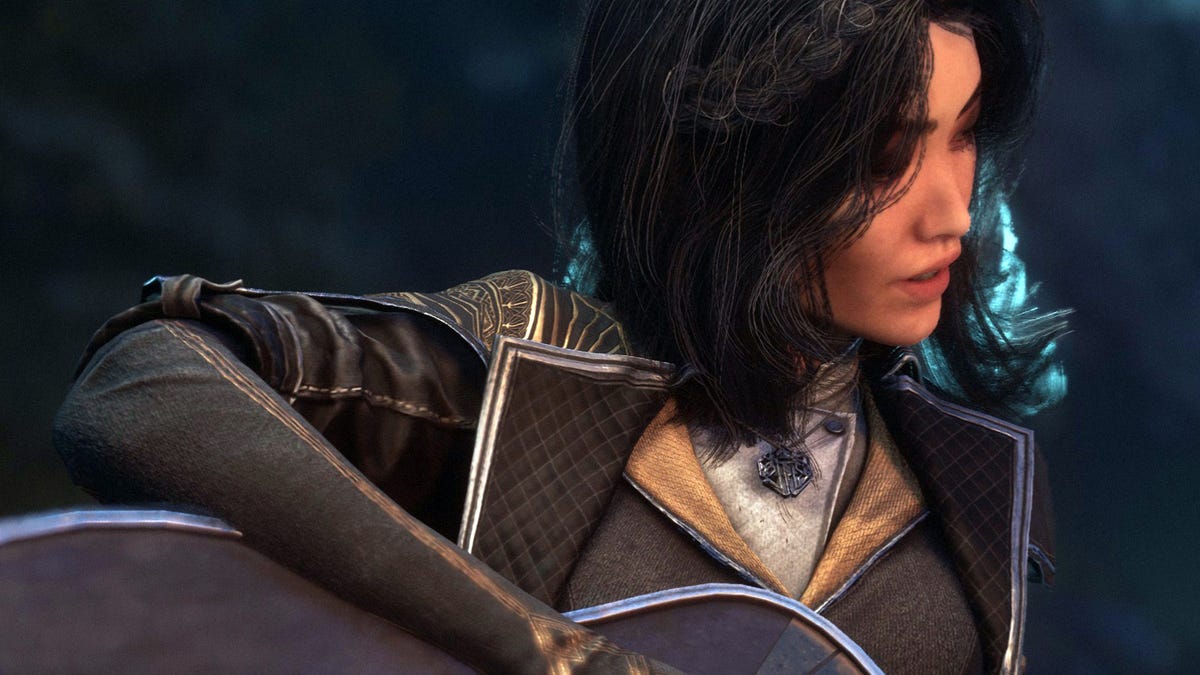The Last of Us Season 2: A Mixed Bag of Emotion and Action

The highly anticipated second season of HBOâs acclaimed series The Last of Us returns with its signature blend of haunting beauty, intense violence, and the grotesque yet fascinating world of Cordyceps-infected mushroom creatures. Fans of the original game will find familiar elements, but the show aims to transcend mere adaptation through deeper explorations of complex themes. One of the pivotal moments occurs during a council meeting in the relatively secure community of Jackson, Wyoming, where residents grapple with how to respond to a recent attack on their enclave. A resident voices concern about the morality of risking lives for the sake of revenge, while another counters that without consequences for such actions, Jackson would remain vulnerable to outside threats. This debate encapsulates the showâs ongoing exploration of self vs. society.
The first season already set a poignant tone, depicting a ravaged America where survival often comes at a moral cost. Central to the narrative is the fraught relationship between Joel, portrayed by Pedro Pascal, a hardened smuggler haunted by the loss of his daughter, and Ellie, played by Bella Ramsey, a resilient 14-year-old who possesses the key to humanityâs survival due to her unique immunity. Tasked by a pro-democratic group known as the Fireflies to transport Ellie to a lab in Salt Lake City seeking a cure, Joelâs journey takes a dark turn when he learns that rescuing Ellie means irrevocably sacrificing the potential for a cure and committing acts of violence against the Fireflies. This act of love morphed into a selfish choice that left viewers questioning the ethics of his decision.
As the second season premieres on April 13, we revisit the aftermath of Joelâs choices. The first episode reminds us that, as Joel and Ellie journey back to Jackson, he continues to weave a web of lies about their past experiences at the lab. He tells Ellie that many others are just like her and that the Fireflies have abandoned hope for a cure. Meanwhile, a new character, Abby, portrayed by Kaitlyn Dever, harbors a deep desire for vengeance against Joel, stating chillingly, âWhen we kill him, we kill him slowly.â Five years later, Joel remains alive and has settled into a domestic life in Jackson, although tensions persist between him and Ellie, now 19 years old and one of the defenders against the lingering threat of clickers.
Ellieâs connection with Dina, played by Isabela Merced, adds another layer of complexity to her character as they navigate the intricacies of friendship and budding romance amidst the dangers surrounding them. The widening emotional chasm between Joel and Ellie reaches a critical point when Joel seeks therapy, a storyline that introduces humor and depth via Catherine OâHaraâs character, the townâs therapist, who possesses her own complicated history with Joel.
While maintaining the narrative tension and character development, the second season grapples with larger questions of justice and retribution amidst escalating conflict between two militant factions. The moral ambiguity of revenge is a recurring theme as both sides commit brutal acts against one another in their quest for dominance, leaving viewers questioning the true nature of justice. When a character contemplates whether revenge constitutes justice, the show reflects on deeper philosophical dilemmas: Can a person be redeemed for the wrongs theyâve committed? Do the ends justify the means?
However, despite its ambitions, the second season feels somewhat insubstantial. The seven episodes only partially adapt the storyline from The Last of Us Part II, making the pacing feel stretched and uneven. The development of new characters like Abby and Isaac, played by Jeffrey Wright, appears rushed, detracting from the emotional weight of their arcs. In contrast to the first seasonâs standout episodes that deepened the narrative, this season often feels formulaic, with one flashback episode failing to capture the brilliance of prior highlights. Additionally, the seasonâs finale arrives abruptly, leaving viewers with a sense of incompleteness, reminding many of the pacing issues observed in other series like Squid Game.
Despite these issues, The Last of Us continues to excel in its performances and production design. The visual artistry remains a standout feature, even if the storyline occasionally limits its potential. While the new additions to the cast bring charm and skill, the showâs reliance on repetitive zombie-battle sequences and prolonged moments of silence, where characters explore beautifully decaying landscapes, can feel reminiscent of gameplay rather than a cohesive narrative. Ultimately, while The Last of Us retains its status as a leading video game adaptation, discussions around its thematic depths reveal a void where richer character exploration and moral complexity could reside.























